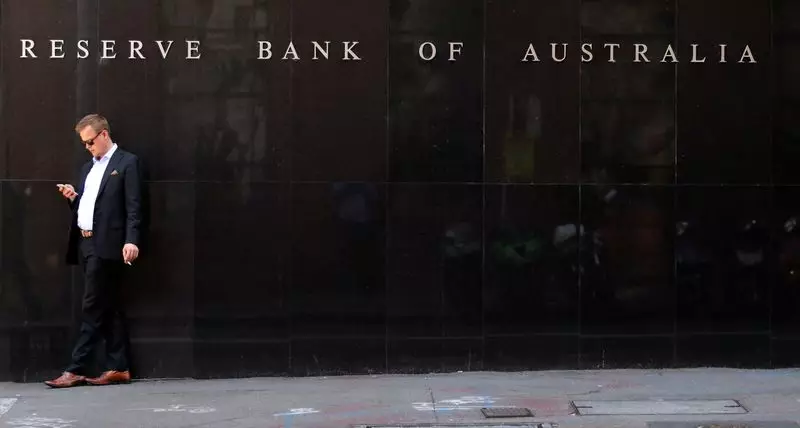Australia’s economic landscape is currently characterized by a cautious optimism as the Reserve Bank of Australia (RBA) continues to navigate the complexities of inflation management. In a recent address, Assistant Governor Sarah Hunter reassured stakeholders that inflation expectations remain anchored, alleviating immediate concerns over potential de-anchoring. This statement comes in the wake of new research which indicates that households are exhibiting a resilience to inflationary pressures that may surpass initial RBA projections.
The essence of inflation expectations lies in the psychological perception of consumers and businesses regarding future price levels. These expectations can significantly influence economic behavior, impacting everything from wage negotiations to spending patterns. In her remarks, Hunter highlighted that inflation expectations have not swayed despite the soaring inflation rates observed recently. Notably, the correlation between wage expectations and inflation seems to be relatively tenuous, suggesting that the workforce may not be demanding correspondingly higher wages in response to rising prices.
Hunter’s insights imply that while inflation remains a critical focus, there is a degree of stability in how these expectations are formed and sustained. The RBA’s commitment to closely monitor these evolving expectations is pivotal. Continuous tracking allows the bank to proactively respond to any shifts that could jeopardize long-term economic stability.
Monetary Policy Decisions
The RBA has maintained a steady cash rate at 4.35% since November, a substantial hike from the pandemic’s historically low rate of 0.1%. This increase was designed to curb inflation and is deemed sufficiently restrictive to steer inflation back into the desired range of 2%-3%. However, the underlying inflation rate stubbornly hovers around 3.9%, complicating predictions regarding the bank’s ability to reach its inflation targets by 2026.
Hunter’s remarks reflect a strategic approach of balancing monetary policy with employment considerations. By ensuring that interest rates do not rise too sharply, the RBA aims to preserve job growth while simultaneously managing the inflationary environment. This delicate balancing act underscores the complexity of the current economic situation, where every policy decision carries significant implications.
Despite hints of potential stability in inflation expectations, there remains an undercurrent of uncertainty regarding future monetary policies. Market swaps suggest only a 40% chance of interest rate cuts by December, a clear indication that while the outlook is cautious, the path forward remains fraught with challenges. The RBA faces the dual mandate of controlling inflation without jeopardizing economic recovery, a task that requires meticulous calibration of information and data.
As Australia steers through these tumultuous economic waters, the insights shared by senior officials like Sarah Hunter will be paramount in shaping public confidence and guiding expectations. The balance between vigilance against inflationary pressures and fostering economic resilience highlights the intricate interplay that defines central bank policies today.


Leave a Reply